The Chain
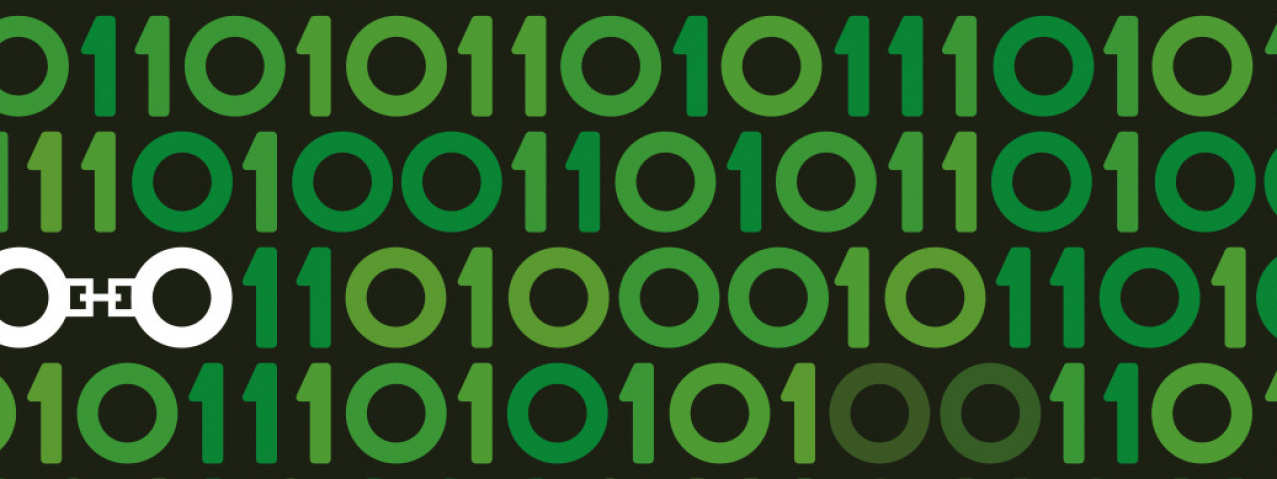
Blockchain has begun to revolutionise the world of tech. Surrounded by digital technology, big data and social media, information has never been so readily available to us - but that information is often disorganised and inaccessible. Blockchain offers the opportunity to design new ways to organise that information and to put it to good use
The blockchain as misunderstood as it is revolutionary. A blockchain, isn’t so much a new technology, as a technique for organising and communicating data. It has been compared to the invention of double-entry accounting, which allowed for the development of the financial markets that dominate the modern world, from commerce to politics. However, the blockchain has the potential to be applied far more widely that just in finance, and it holds the possibility of revolutionising the way that designers work together to complete projects.
Put briefly, a blockchain is a ledger of cryptographically secure records, known as blocks, that each contain the details of a transaction - whether that be a financial transaction or an exchange of information - a timestamp and a link to the block that preceded it. This ledger can be shared between an arbitrarily large number of users, and each user is able to contribute to the ledger. Most importantly, the blockchain is designed to be intrinsically secure. As all users have a copy of the full ledger and every block can be traced to the one before it, it is practically impossible for a single user to fake a transaction without it being immediately detected.
Of course, the most widely-reported and broadly discussed application of the blockchain to-date has been a financial one; Bitcoin. Invented by a mysterious pseudonymous creator going by the name Satoshi Nakamoto, Bitcoin is described as a decentralised digital currency. It exists beyond the control of central banks and governments and, depending on who you ask, it is either the future of how we will all use money, or it is a ponzi scheme that is creating an unsustainable investment bubble and benefitting criminal gangs.
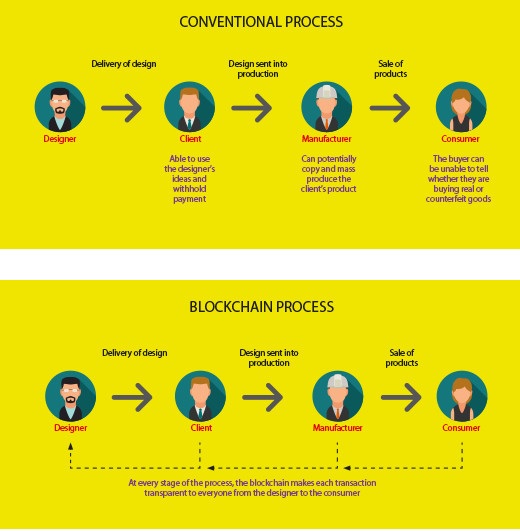
|
However, when we cut away the hype and hysteria surrounding Bitcoin, we discover that the underlying blockchain technology is finding new applications everywhere. The exciting thing about Blockchain is that it is a foundational rather than a disruptive technology. The internet is, for example, a disruptive technology; since its inception, the internet has enabled the disruption and reorganisation of industries from retail (Amazon and Taobao) to transport and logistics (Uber and GoGo Van). Conversely, Blockchain has limited disruptive potential. Instead, as a foundational technology, it is enabling entirely new ways of working to be developed from the ground up. Applications already being explored include new types of insurance, data storage and retrieval, online voting… it’s easy to see why these applications don’t generate quite the same level of hype and enthusiasm that Bitcoin does; being inherently unglamorous and often technically impenetrable to the layman. According to Burkhard Blechschmidt, Senior Director with Cognizant’s Strategy & Transformation practice, many organisations make the mistake of approaching Blockchain “From the ‘we have a new technology, now what can we do with it?’ point of view.” Blechschmidt cites the example of a leading automotive manufacturer that “Vetted 200 blockchain start-ups without investing in a single one.” While there are many ideas floating around for disruptive uses of blockchain, “None (of those 200) could prove significant business impact and value.” On the other hand, in the world of design, Blockchain is starting to be adopted in genuinely useful ways. With an increasing amount of design work existing only in digital form, preventing the copying of a work and making sure it is attributed to the correct author is a problem that, until now, has never really been solved. Blockchain offers to change this state of affairs. Ascribe is a service for designers and other creators of digital works - the system attaches a blockchain to any type of digital work, which acts as an impossible to forge certificate of authenticity. Every time the work changes hands, the blockchain is updated, acting as a rock-solid record of that work’s provenance. Ascribe was created with digital artworks in mind; artists and creatives need to be able to keep track of who is using their work and get paid when it is used by others. It is an infinitely better system than relying on, for example, an auction house evaluator to authenticate and determine the value of a work. However, the principles on which Ascribe operates are even more useful in the design world. |
The automotive industry relies on hugely complex design processes, with specialists working on the many disparate areas of car design from pneumatics to upholstery. Add to that supply chains that require parts to be manufactured in specialised plants spread around the world before being assembled into a finished product and shipped to markets around the globe and you get a picture of how complex it must be to track each stage of the process. And when a part goes wrong in a customer’s car, correctly establishing where in that process an error has occurred can make the difference between a quick fix and a costly product recall. Blockchain is the perfect solution to coordinating this whole process. The same principles being applied by Ascribe will allow designers and manufacturers to collaborate and communicate efficiently, even working across different continents. And this application of the blockchain is no-longer mere speculation. The automotive giant Daimler AG, which manufactures Mercedes Benz and Chrysler cars, recently joined the Hyperledger Project - a project led by Linux Foundation which aims to collaboratively develop open source tools using blockchain technology - with the specific goal of using blockchain to optimise the car design and manufacturing process.
Blockchain is not going to be a disruptive force that rapidly changes whole industries. It is a tool that can be used to make those industries work better. As such, it can be viewed as a design problem. Hyperledger exemplifies how designers can identify systematic design problems and use blockchain to design applicable solutions.
Here is a real-world example, which started with a problem identified by Grammy Award winning electronic music pioneer Imogen Heap. Heap, a long time advocate of digital technology with a particular interest in the potential for collaboration between digital artists explains that “A visual artist had all of his (online) videos taken down for using just 30 seconds of one of my songs. The label that exclusively licenses one of my songs likely had a bot looking for copyright infringement that automatically took it down.” Using such bots is a brute-force method of enforcing copyright which has proven itself prone to scuppering many a collaboration between well-intentioned artists collaborating online. Moved by this situation, Heap formed Mycelia, a think tank dedicated to designing blockchain-based solutions that “To empower a fair, sustainable and vibrant music industry ecosystem involving all online music interaction services, to ensure all involved are paid and acknowledged fully.” The problem to be solved by Mycelia boils down to information; data - in this case sound files - gets shared in huge quantities online that cannot conceivably be tracked manually. Automated data management - the bots Heap mentions - are currently the only solution. But when it comes to ascertaining who has the right to use which data and how, bots can only block users of that data en masse, inevitably causing issues for some users with a legitimate right to manipulate that data. Blockchain appears to be the only method that will potentially be capable of keeping track of all that data without locking it down and making it inaccessible to those who legitimately need to use it. As big data swirls around the internet, information has never been so accessible, but it has never been so difficult to manage. This is a problem that needs a design solution, and designers are increasingly looking to blockchain as the right tool for the job.
Others

最新动态 | 1 March 2018
Exporting Shenzhen’s design culture

最新动态 | 1 March 2018
Shenzhen’s Shifting Fortunes
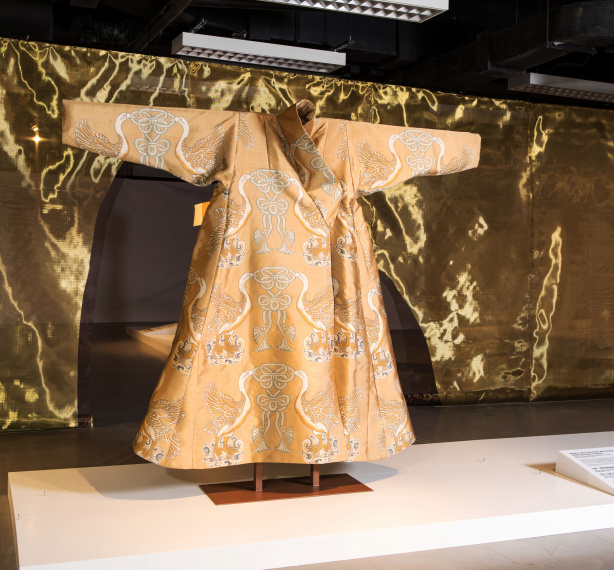
最新动态 | 1 March 2018
In Praise of Silk: Fashion from China National Silk Museum Across Time
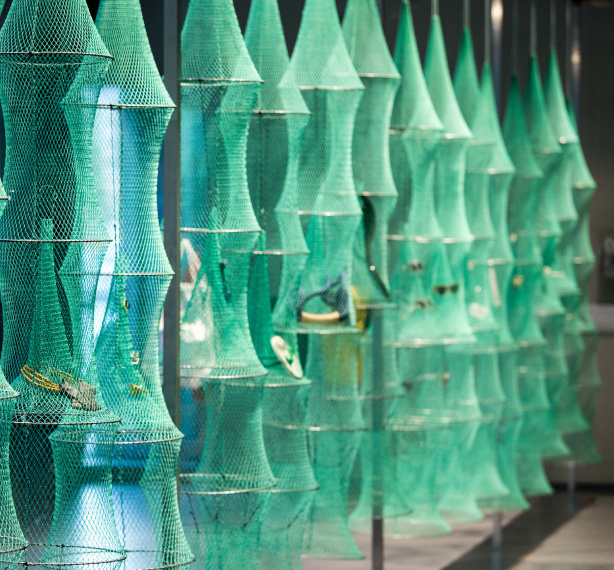
最新动态 | 1 March 2018
KEEP WATCH-ING

最新动态 | 1 March 2018
Into the Laboratory

最新动态 | 1 March 2018
Different Paths

最新动态 | 1 March 2018
Are you working well?
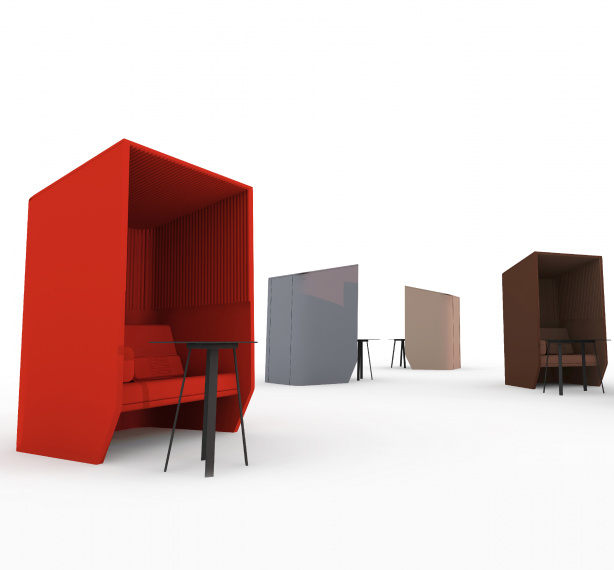
最新动态 | 1 March 2018
Adventures in Space

最新动态 | 1 March 2018
Future-facing Retail
